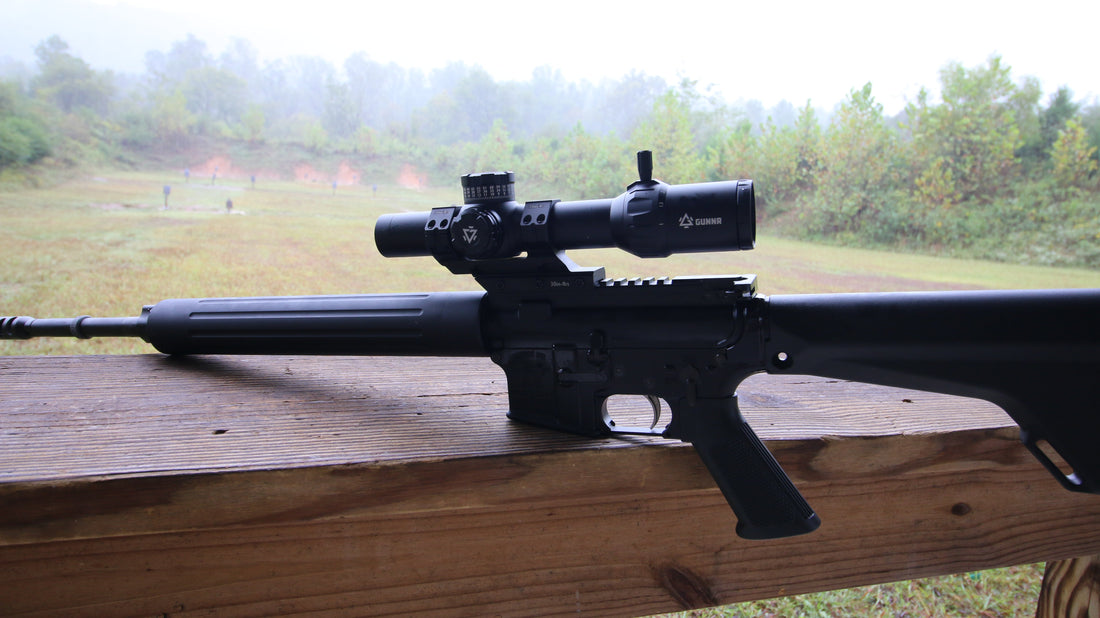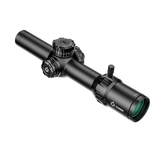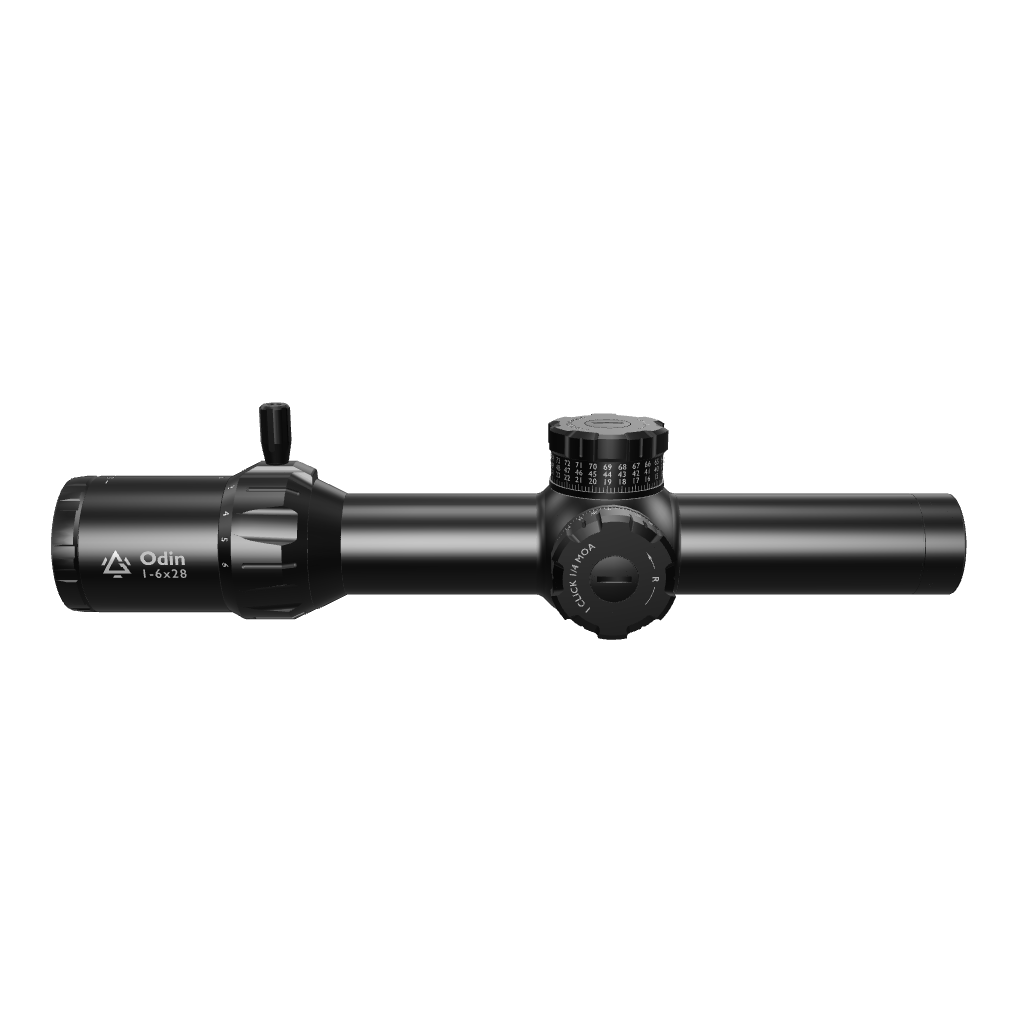A Beginner’s Guide to Reloading on a Budget
Written by Deuce of the “Deuce and Guns” YouTube channel
Reloading your ammo on a budget makes total sense: if you are just new, it is probably not wise to spend a whole fortune-at least not yet.
The secret when it comes to reloading your own ammo is to find a way to get the tools and components you need at a good price. If you can find a press that is affordable but durable enough, dies that match your calibre, and an affordable way to get the components that you need, you will not only save money by reloading your own ammo, but also have fun doing it.
If you don’t want to sink a small fortune into reloading your own ammo without any guarantee that you will stick with it, here are my recommendations to get your feet wet in the world of reloading.
How to Reload Your Own Ammo On a Budget
1. Go For a Single-Stage Press (Preferably a Single-Stage Press)
At first, it will be tempting to simply go with something cheap, like the Classic Lee loader or hand press. However, while these are easily affordable and available, they will not really give you a feel of the reloading hobby. Besides, cheap presses like these tend to have a very short lifespan; they will not continue to be very useful if you decide to expand your hobby.
So, what kind of press do you need? You need a press that is affordable, but also gives you a good feel of reloading, and can be usable in the long run. What I’d recommend is a single-stage press from any of the more renowned reloading press manufacturers.
The advantage of a single-stage press is that it is affordable, but at the same time, capable of providing similar precision to a much more expensive press at the expense of time. Besides, it is the best bet if you are a beginner.
Why Single State Presses Work For Beginners
-
A single-stage press saves time and is easier to master. It’ll take much longer to reload 100 rounds on a single stage vs. an expensive progressive press.
-
The single-stage press is also far less complicated than other presses, allowing you to ease into the art of reloading, gaining the confidence and skills that may become your next big thing.
-
The third reason I recommend starting with a single-state press is that you’ll never outgrow it. Regardless of how much gear you eventually accumulate, you’ll always find a reason to pull out the old single stage for some experimental rounds, forming cases from parent cases, and cast lead bullet lubing/sizing.
2. Second, You Need Affordable Dies
To reload on a budget, you’ll need dies that correspond to the calibre you intend to reload. This is an important part of the learning process, and, for a beginner, it is important to start with easy and well-known calibres, and choose depending on what rounds are your interest:
-
If pistol rounds are your interest, start with 45acp, or something equally simple and well-known.
-
If you’d prefer rifle rounds, go for 5.56.
All the big manufacturers make decent dies sets, but for now, there is no need to splash out on something expensive: remember, you are working on a budget. Look at Lee, RCBS, and Hornady.

You’ll eventually figure out a favourite manufacturer, and I’d suggest sticking to that brand. Each die manufacturer has its own list of quirks, and all your equipment should have similar quirks. Oftentimes, you can find deals on a press with one set of dies as a discounted combo.
3. You Need To Find Affordable Tools That Work
A last bit of kit you’ll need is a small assortment of odds and ends, such as a 6-inch digital calliper, a powder scale, and a bullet puller.
Here’s how to go about collecting these if you are reloading on a budget:
-
If you don’t already have a calliper, then just about any digital calliper will be fine when starting.
-
As far as powder scales go, the beam style scales are the cheapest and most accurate for the price, but they are slow.
-
Electronic powder scales speed things up tremendously, but also add to the cost. Remember that the scales need to accurately measure down to at least one tenth (0.1) of a grain.
-
A bullet puller is optional early on and is used to remove the bullet from the case if (when) you make a mistake.
-
Any cheap bullet puller will be fine, but when learning the craft, it’s okay to have a coffee can of rejects you can review and maybe salvage at a later date.
4. Be Precise When Looking for Components(Gunpowder, Bullets and Primers)
You’re now ready to start looking for components such as gunpowder, bullets, and primers. To make informed decisions on these items, you’ll need to study the published load data for whatever cartridge you’re reloading. This data can be found in expensive books or freely published online on various bullet and gun powder manufacturers’ websites. Lee usually includes a limited amount of load data with each set of dies.
Choose a Local Gun Store for More Affordable Ammo
Buying components can quickly become a sticking point when you are trying to reload on a budget. Usually, the more affordable option is to buy in bulk online, but that is not really a realistic option when you are just starting.
I recommend finding a local gun store that also sells reloading components, and they’ll usually sell small 100-count packages of bullets and primers, then grab a pound of gunpowder that you’ve decided from researching load data will work best for your situation.
That would be much more affordable.
Pro Tip: An LPVO Will Save You Money in the Long Run
One of the lessons reloading your own optic teaches you is that precision matters: small changes create big differences. To truly evaluate your loads, you need an optic that lets you see and measure that accuracy clearly.
If you want to avoid the cost of multiple optics, an LPVO is the smart way to go: it is a single, versatile optic that gives you the precision feedback you need, and it will save you from having to buy multiple optics in the long run.
The good news is that you can always find an affordable LPVO. Consider the 1-6x FFP LPVO from Gunnr. Not only is the 1-6x zoom ideal for a beginner, but it is currently on sale for

With German Schott ED glass, you get consistency in tracking. The multi-coated glass ensures that your point of impact doesn't wander, which is crucial for evaluating your loads.
-
The Christmas tree reticle will help you measure group sizes and track point of impact shifts with precision.
-
At 1x, you get a wide field of view for closer load testing, and you can go up to 300+ yards without switching optics.
-
Like all of Gunnr’s LPVOs, it has been tested to withstand 1,000 impacts at 1,000G and 2,000 live fire rounds, making it tough enough to handle heavy recoils and accidental drops.
In summary, an LPVO is a terrific choice if your goal is accuracy without spending a lot of money. Just like reloading saves money while keeping performance high, an LPVO saves shooters from needing both a red dot and a high-power optic for testing.
When is Reloading Your Ammo Worth It?
1. When You're Dealing With Large Amounts of Ammo
Firstly, you absolutely will save money if you are reloading a ton of rounds that are not often found in 1,000-round bulk cases.
Think of rounds like 147+ 9mm subsonic, subsonic 300 blackout, and numerous full-power rifle cartridges such as the 30-06 (especially if it’s intended to mimic the M2 Ball cartridge for an M1 Garand), 6 or 6.5 Creedmoor, 300 Win Mag, and the list goes on.
2. When You Need to Be Precise
Reloading also allows you the freedom to make your cartridge meet your exact requirements.
Think of suppressor-friendly ammo. You can use a specific powder, such as IMR 4227 for 220 grain subsonic 300 blackout, in order to make it exceptionally quiet when using a suppressor.
3. When You Need to Choose the Right Gunpowder
You also get the ability to choose a gunpowder with extreme temperature stability when you are reloading your own ammo.
If a round is developed under one temperature setting (say, extreme heat or extreme cold), some gun powders (typically the cheaper ones) will have different velocities and accuracy when being shot in the opposite temperature extremes.
Here’s a real-world example: say you live in Arizona, but have a 5.56 long-range shooting competition in Minnesota. You could choose one of the highly temperature-stable gun powders, such as Varget or Benchmark (Both made by Hodgdon), to minimise the different temperatures as one of the variables you’d be dealing with on competition day.
That is the freedom you get when you reload your own ammo.
4. When You Need to Make Accurate Rounds For Long Range Shooting
Reloading also provides you with the ability to make exceptionally accurate rounds for long-range situations. If you want a 5.56 round accurate to beyond 500 yards, then reach for a 70+ grain bullet to put on top of that 5.56 case.
Consider this advantage, especially if you are just looking to get started in long-range shooting.
The recreation of antique, obsolete, or hard-to-find ammo is one of the many reasons I reload and is the only way I can justify my collection of obscure firearms. Reloading is currently the only way I can have noncorrosive and reliable 7.62x45 ammo for my VZ-52 rifle. Also, reloading is one of the few (and by far cheapest) ways you can experience firing a 45-70 Government cartridge loaded with real black powder.
5. When You Need a Hobby To Enjoy
Lastly, one of the best reasons to reload is that you enjoy the hobby of reloading your own ammunition. If you don’t enjoy the activity, there really isn’t enough of a gain to make the time and effort worthwhile.
When is Reloading Your Ammo Not Worth It?
1. When It Does Not Save You Any Money
You won’t save any money if you plan on reloading to replace bulk-priced budget pistol or 5.56 ammo. It will be very difficult to match the price per round of bulk-priced 115-grain 9mm or standard bulk-priced 55-grain 5.56 when bought online.
You also won’t save any money if you only plan to reload a few dozen hunting rounds per year, simply because you’ll never make up the original cost of the reloading equipment.
2. When It Requires Complicated Legal Paperwork
Lastly, you won’t want to reload as a possible side business due to it both requiring a type 6 or 7 Federal Firearms License and an amount of liability insurance that would be outside the price range of anything other than a large-scale business.
In short, reloading your own ammo is generally not worth it when it does not end up saving you any money, or when you would require too paperwork and formalities to do so.
Learn The Basics of How to Reload Your Own Ammo
Start slow and take your time following the load data and instructions. The load data will have a range of gunpowder charges that range from “Starting load” to “Maximum load,” and you’ll want to start on the lower end of the range.
I often find the most accurate rifle rounds are loaded with a gunpowder charge somewhere in the middle of the range, so there’s little reason to approach the max load until you’ve gained enough experience to dip a toe into the world of experimentation.
As a final tip, I highly recommend only the load data and instructions provided by the various reloading companies, such as the press, gun powder, and bullet manufacturers. Do not trust the load data you found in some random internet forum, because if you start with bad load data, you’ll have a bad experience even if you made zero mistakes in the loading process.
Final Words
Again, reloading your own ammo on a budget all comes down to whether or not you can find a way to get the components at a good price. Use a single-stage press, find affordable dies that match your calibre, and get the components that you need.
And remember that the process itself is key: in addition to knowing the basics of reloading ammunition, you need precise information about what to use. Make sure the information is reliable.
Many users have saved money by reloading their own ammo, and you can do so, too. With solid strategies like recognising that this is one of the best uses of an LPVO optic, you are set to enjoy this even in the long term.







